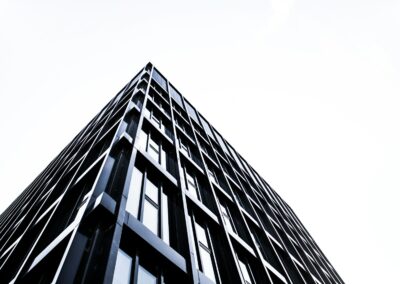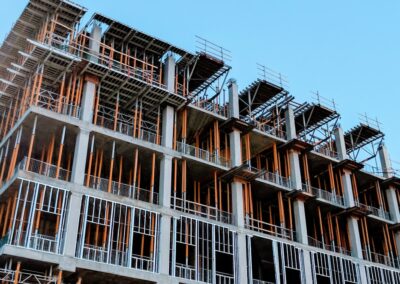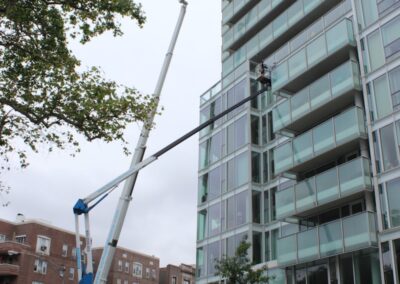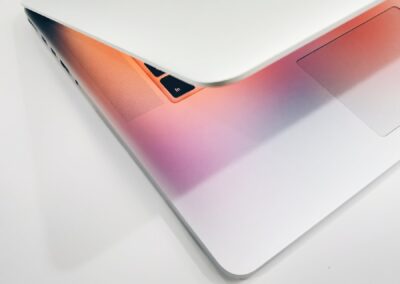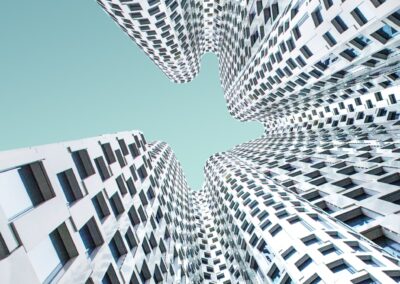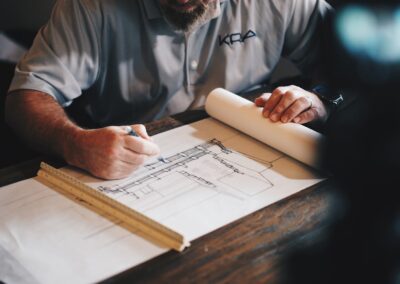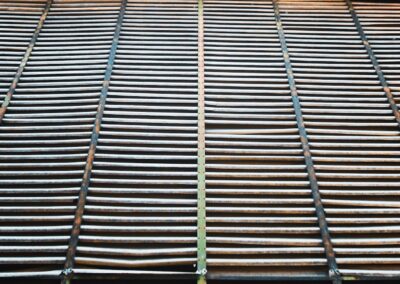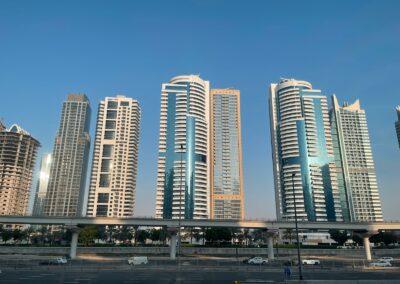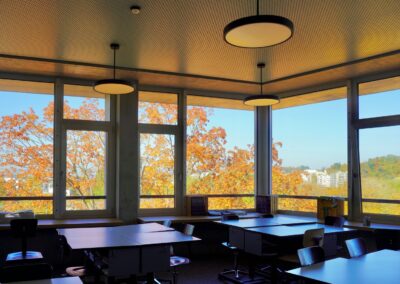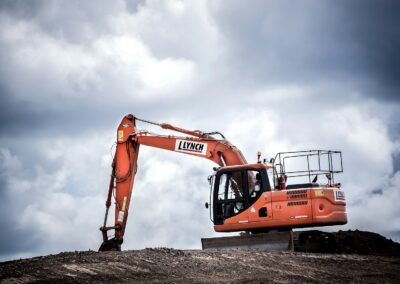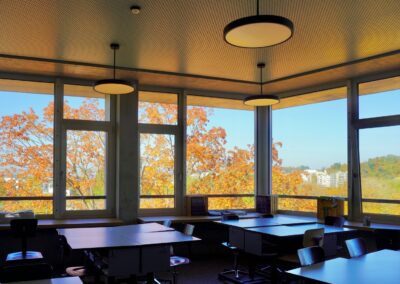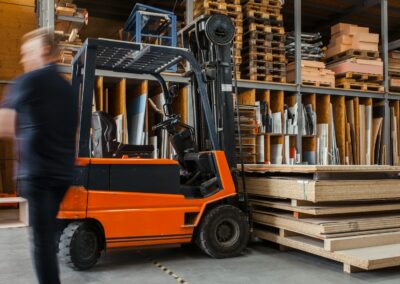Maximizing Building Asset Efficiency through BIM and Digital Twins
Introduction to BIM and Digital Twins
Integrating Building Information Modeling (BIM) with digital twins offers substantial benefits for the maintenance and management of building assets. BIM provides detailed, digital representations of physical buildings, capturing every aspect of a structure’s design, construction, and functionality. When combined with digital twins, which offer real-time, dynamic simulations of the building’s performance, the result is a powerful tool that enhances efficiency, reduces maintenance costs, and optimizes asset management.
In rapidly developing regions such as Saudi Arabia and the UAE, particularly in cities like Riyadh and Dubai, the adoption of these technologies is critical for supporting sustainable urban growth. Business executives, mid-level managers, and entrepreneurs in the construction and real estate sectors can leverage the synergy of BIM and digital twins to improve the longevity and functionality of their building assets.
By integrating BIM with digital twins, stakeholders gain a comprehensive understanding of a building’s lifecycle, from initial design through to operation and maintenance. This holistic approach ensures that buildings operate efficiently, maintenance is proactive rather than reactive, and overall asset value is maximized.
Proactive Maintenance and Predictive Analytics
One of the most significant benefits of integrating BIM with digital twins is the ability to implement proactive maintenance strategies through predictive analytics. Digital twins provide real-time data on building performance, which can be analyzed to predict potential failures and maintenance needs before they occur. This predictive capability allows building managers to address issues proactively, reducing downtime and preventing costly repairs.
For example, in high-rise buildings in Dubai, digital twins can monitor HVAC systems, detecting anomalies that may indicate an impending failure. By addressing these issues early, building managers can avoid system breakdowns that could disrupt operations and inconvenience occupants. This proactive approach not only enhances tenant satisfaction but also extends the lifespan of critical building systems.
Moreover, predictive analytics enabled by digital twins can optimize maintenance schedules, ensuring that maintenance activities are performed only when necessary. This reduces unnecessary maintenance work and minimizes disruptions to building operations, leading to significant cost savings and improved efficiency.
Optimizing Resource Utilization
Integrating BIM with digital twins also supports the optimization of resource utilization throughout a building’s lifecycle. By providing detailed insights into how building systems and assets are used, digital twins enable managers to make data-driven decisions that enhance resource efficiency and reduce waste.
In regions like Saudi Arabia and the UAE, where resource conservation is a priority, optimizing resource utilization is crucial. For instance, digital twins can monitor energy consumption patterns and identify opportunities for energy savings. By adjusting lighting, heating, and cooling systems based on real-time occupancy data, building managers can reduce energy consumption without compromising comfort.
Additionally, digital twins can support water management in buildings, detecting leaks and inefficiencies in plumbing systems. By addressing these issues promptly, building managers can prevent water wastage and reduce utility costs. This focus on resource optimization aligns with the sustainability goals of modern urban developments in Riyadh and Dubai.
Enhanced Asset Management and Lifecycle Planning
The integration of BIM with digital twins transforms asset management by providing a comprehensive view of a building’s lifecycle. This integrated approach enables stakeholders to plan and manage building assets more effectively, ensuring that they remain functional, efficient, and valuable over time.
In the context of large-scale developments in the UAE and Saudi Arabia, effective asset management is essential for maintaining the value and performance of building assets. Digital twins can track the condition of building components, providing real-time data on wear and tear. This information helps managers prioritize maintenance activities and allocate resources where they are needed most.
Furthermore, digital twins can support lifecycle planning by simulating the impact of different maintenance strategies on asset performance and longevity. By evaluating various scenarios, building managers can develop maintenance plans that optimize the use of resources and extend the lifespan of building components. This strategic approach to asset management ensures that buildings remain in excellent condition and retain their value over time.
Streamlining Communication and Collaboration
The use of BIM integrated with digital twins enhances communication and collaboration among all stakeholders involved in a building’s lifecycle. By providing a centralized platform where all relevant data is accessible, these technologies ensure that everyone, from architects and engineers to facility managers and tenants, is aligned and informed.
In the fast-paced construction markets of Riyadh and Dubai, effective communication is critical for the successful delivery and operation of building projects. Digital twins facilitate real-time collaboration by allowing stakeholders to view and interact with the same up-to-date information. This transparency reduces the risk of misunderstandings and ensures that decisions are based on accurate data.
Moreover, digital twins can support remote monitoring and management of building assets. This capability is particularly valuable in the context of the COVID-19 pandemic, where onsite presence may be limited. By enabling remote access to real-time data, digital twins ensure that building managers can maintain oversight and respond to issues promptly, regardless of their location.
Driving Innovation and Sustainability
Integrating BIM with digital twins drives innovation and supports sustainability in the built environment. By leveraging advanced technologies and real-time data, building managers can implement innovative solutions that enhance building performance and reduce environmental impact.
In regions like the UAE and Saudi Arabia, where sustainability is a key focus, digital twins can play a pivotal role in achieving green building certifications and meeting regulatory requirements. For example, digital twins can monitor indoor air quality and ensure that ventilation systems operate efficiently, creating healthier and more comfortable environments for occupants.
Additionally, digital twins can support the integration of renewable energy sources, such as solar panels and wind turbines, into building systems. By providing real-time data on energy production and consumption, digital twins enable building managers to optimize the use of renewable energy and reduce reliance on fossil fuels. This contributes to the sustainability goals of smart city initiatives in Riyadh and Dubai.
Conclusion: The Future of Building Maintenance and Management
The integration of BIM with digital twins represents a transformative opportunity for enhancing building maintenance and management. By providing real-time data, enabling predictive analytics, optimizing resource utilization, and supporting collaborative decision-making, these technologies offer significant benefits for building owners, managers, and occupants.
In regions like Saudi Arabia and the UAE, the adoption of BIM and digital twin technologies can drive substantial improvements in building performance and sustainability. As urbanization continues and the demand for smart buildings grows, leveraging these technologies will be essential for achieving efficient, sustainable, and resilient built environments.
Embracing the integration of BIM with digital twins is crucial for staying ahead in the competitive construction and real estate markets of Riyadh and Dubai. By harnessing the power of advanced technologies and data-driven insights, building stakeholders can ensure that their assets remain valuable, efficient, and sustainable for years to come.
#BIM #DigitalTwins #BuildingMaintenance #AssetManagement #SmartBuildings #UAE #SaudiArabia #Dubai #Riyadh #ArtificialIntelligence #Blockchain #Metaverse #ExecutiveCoaching #GenerativeAI #ModernTechnology #BusinessSuccess #Leadership #ProjectManagement


